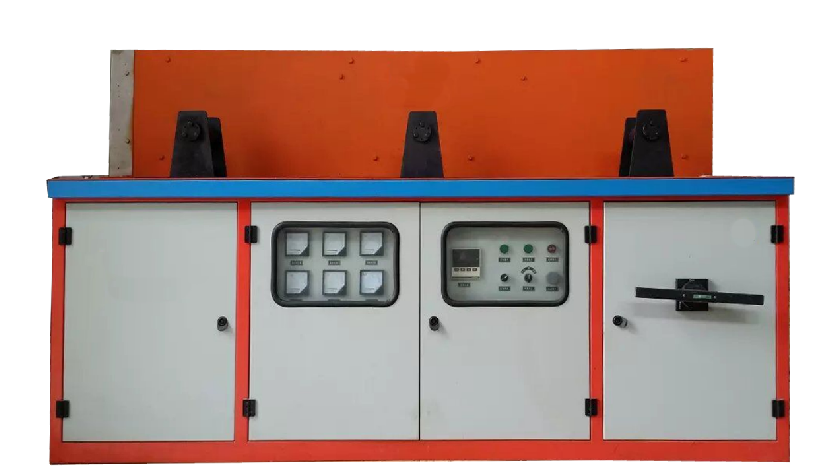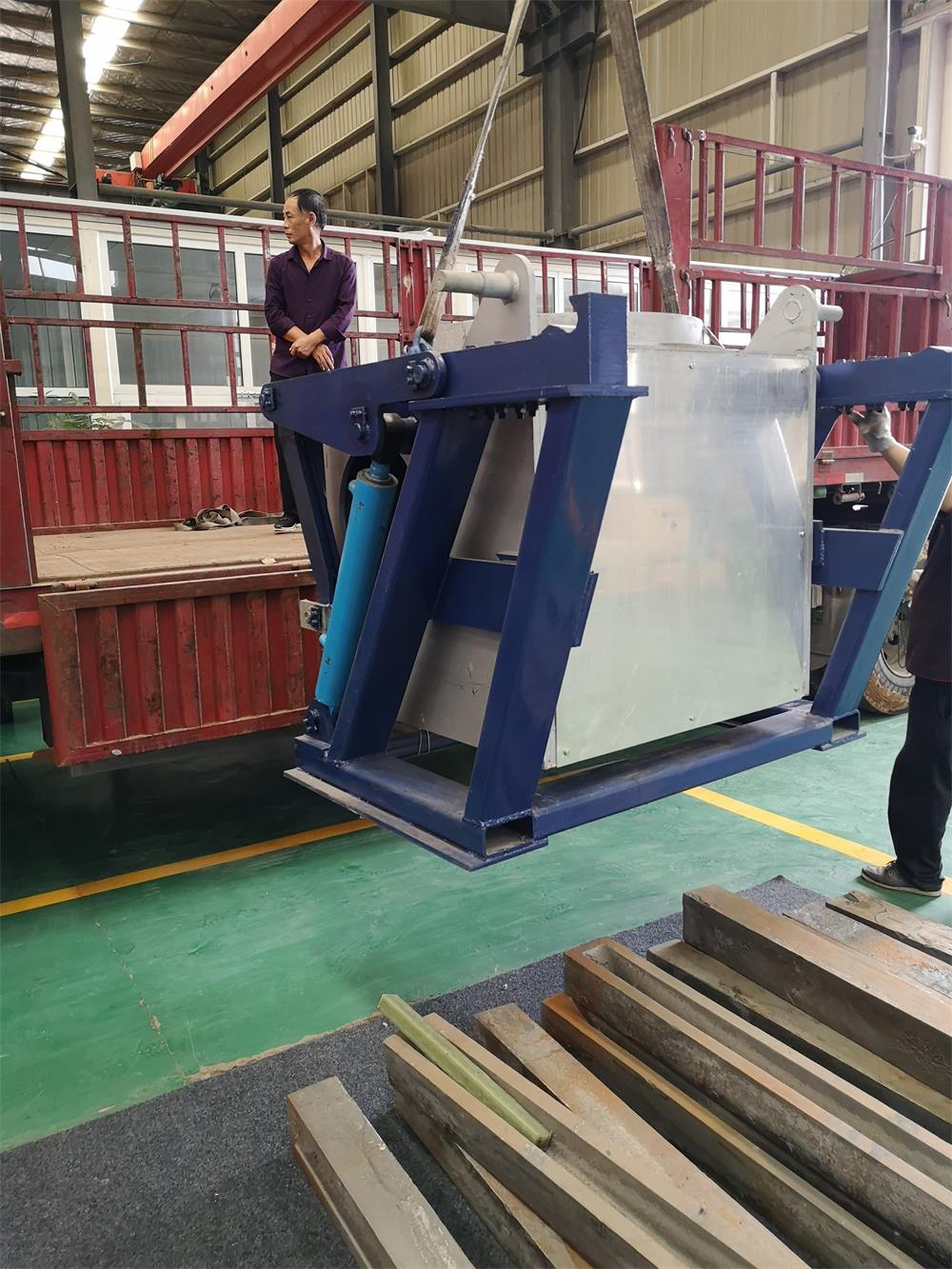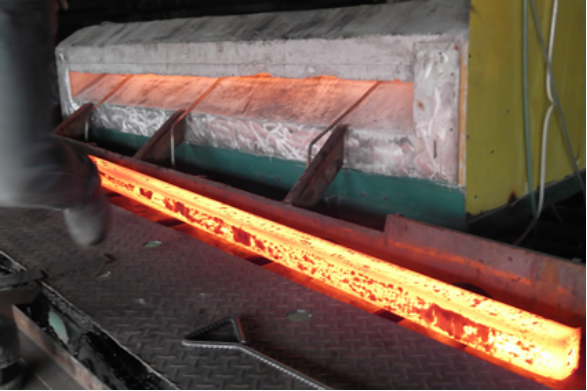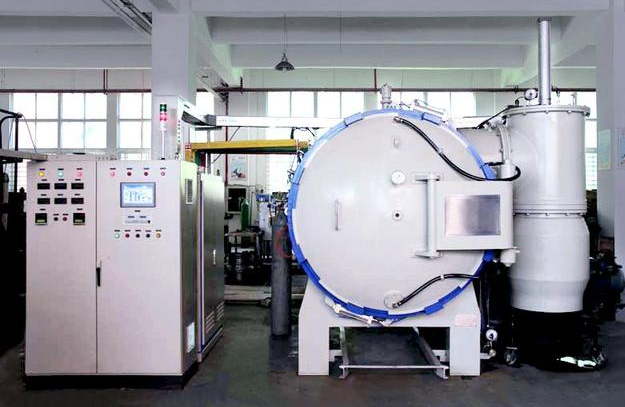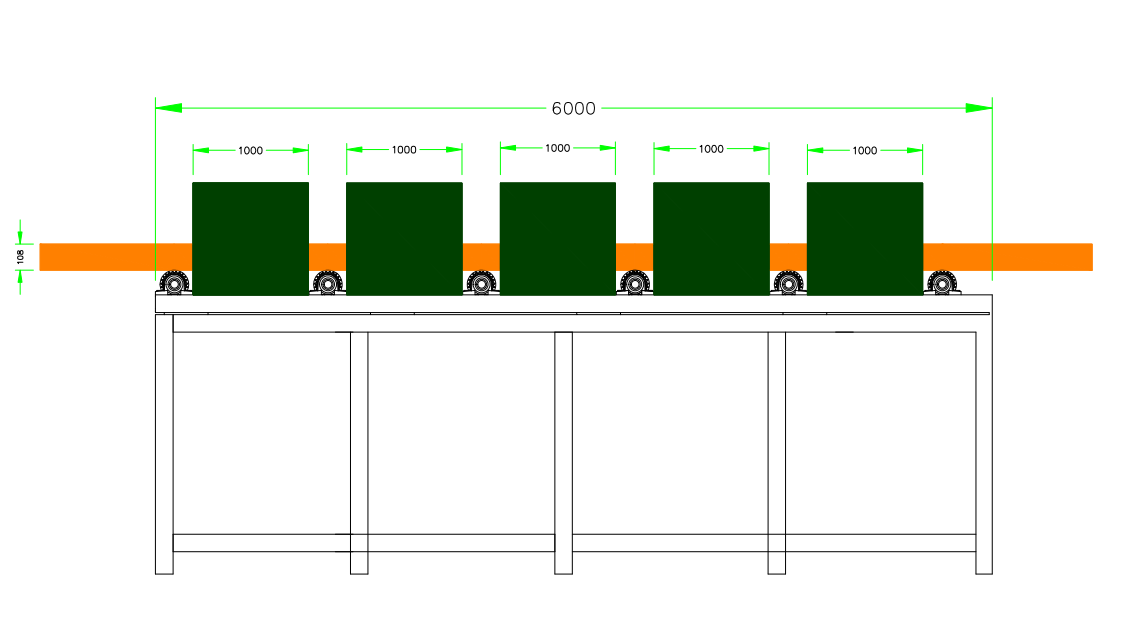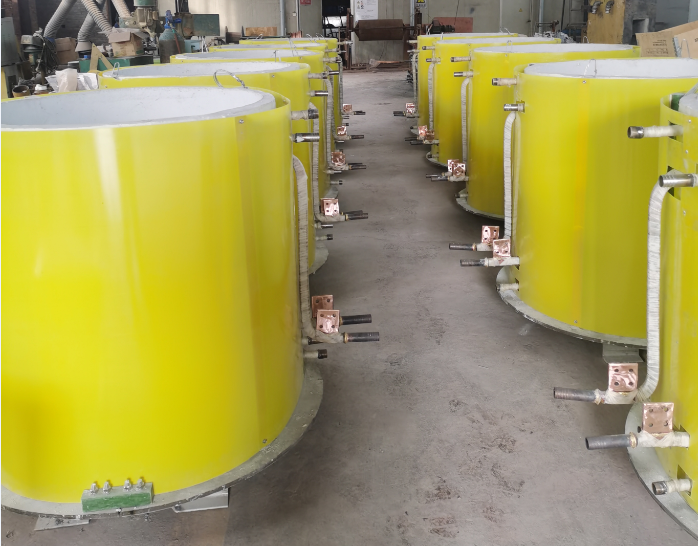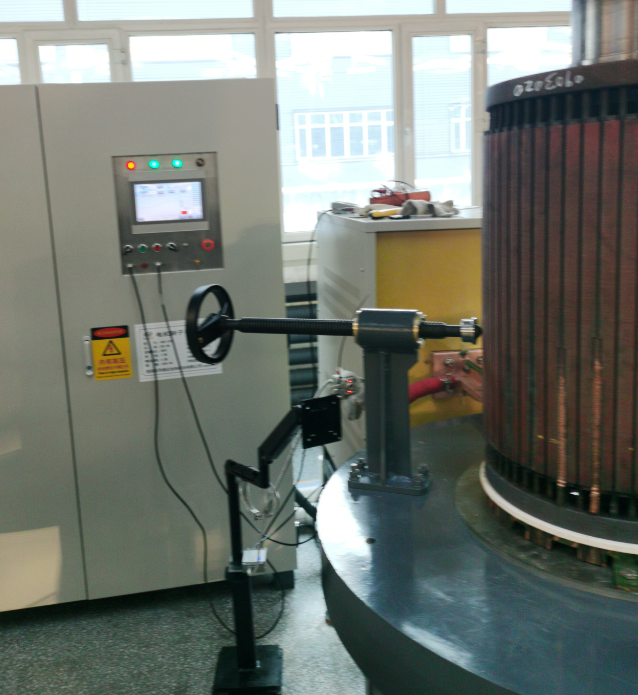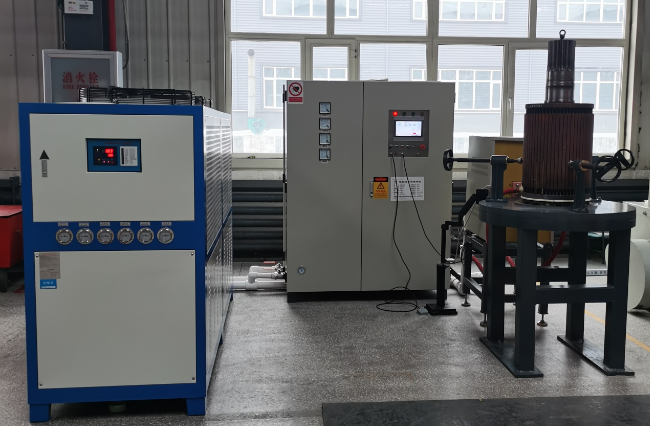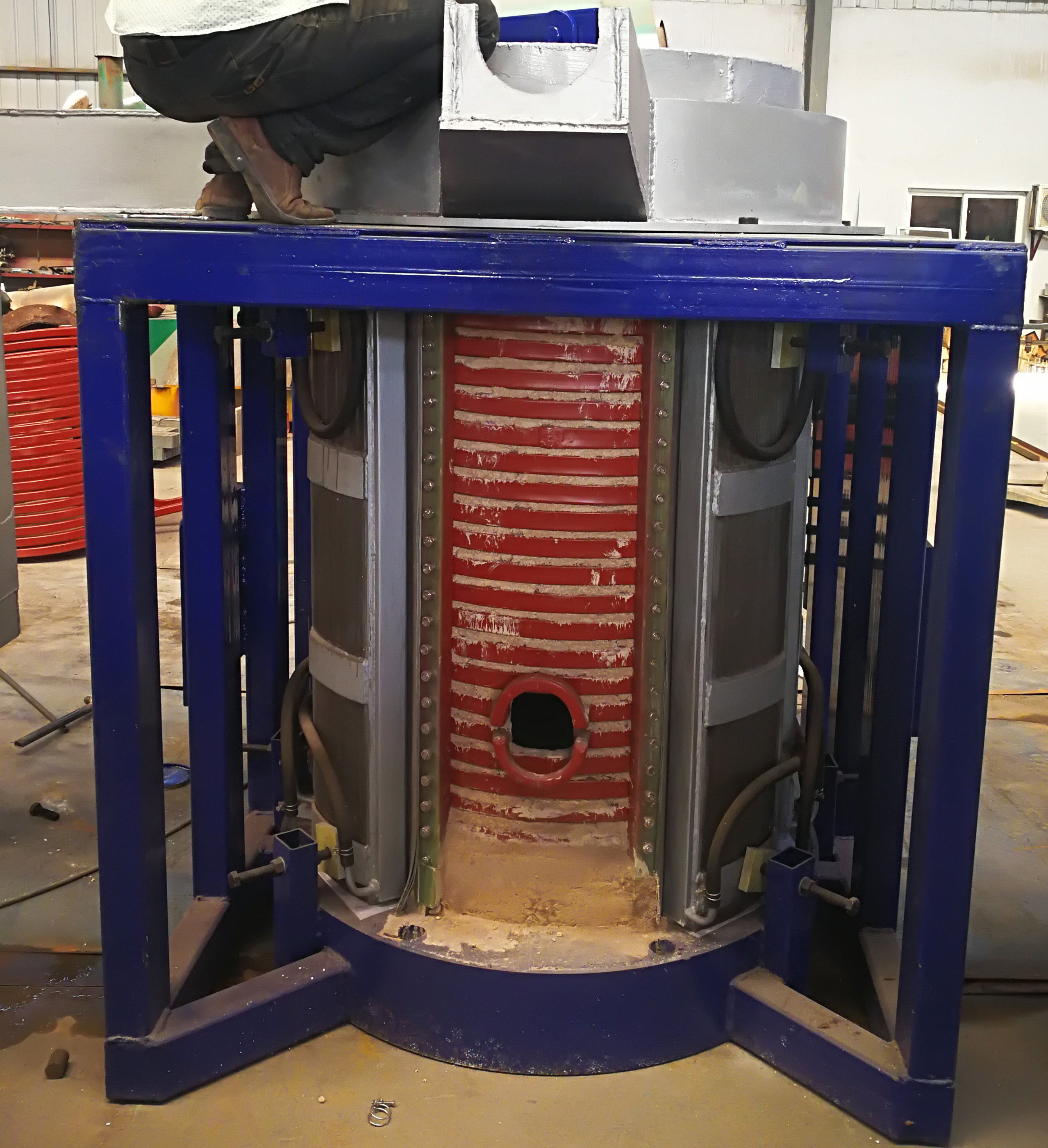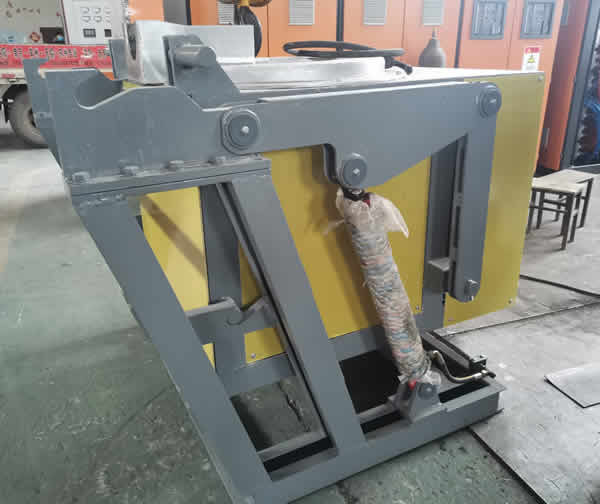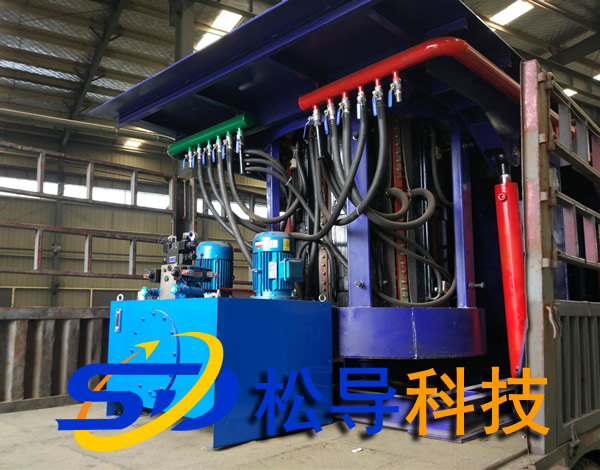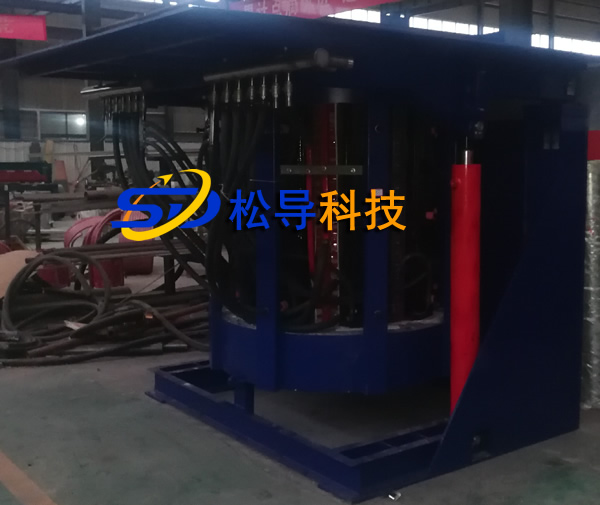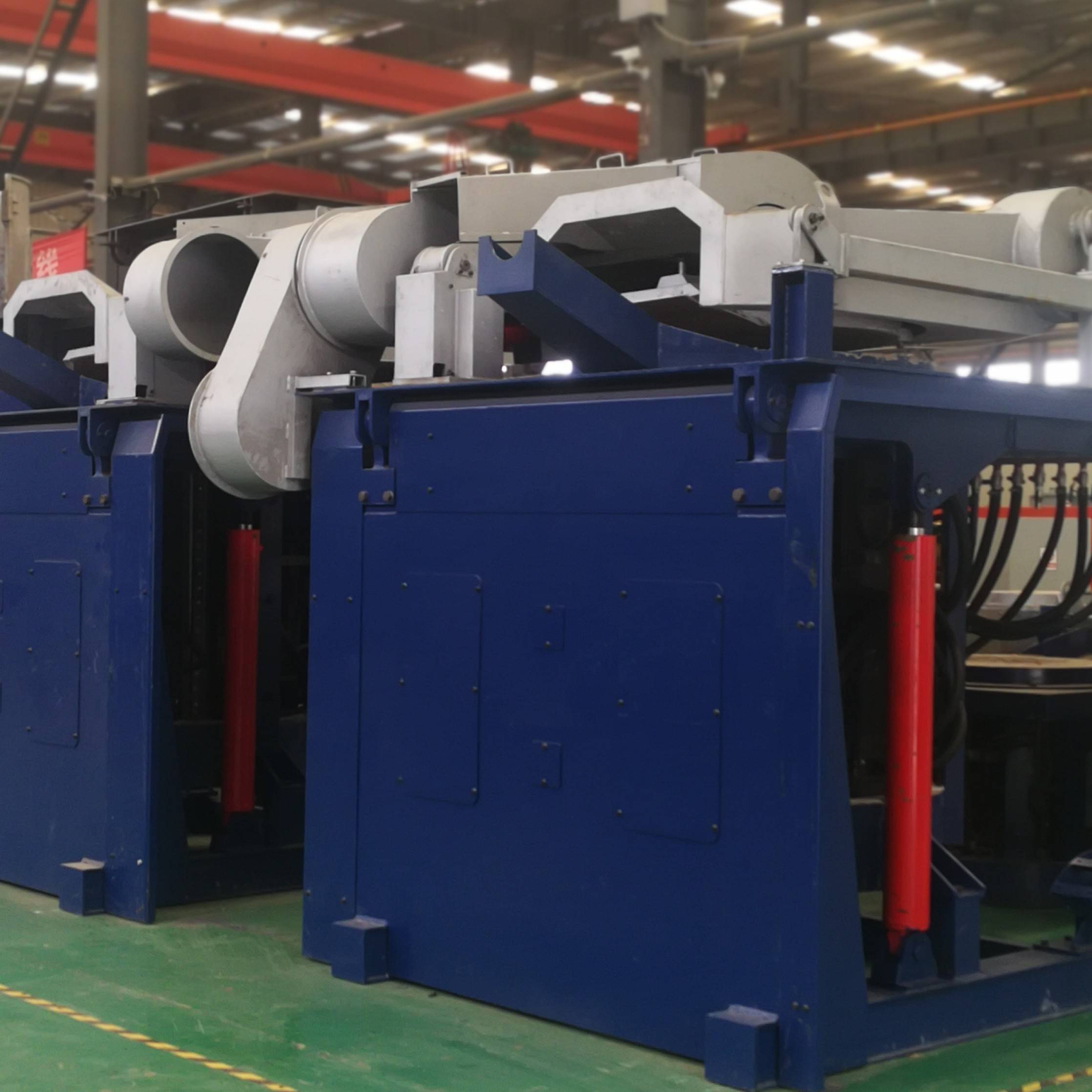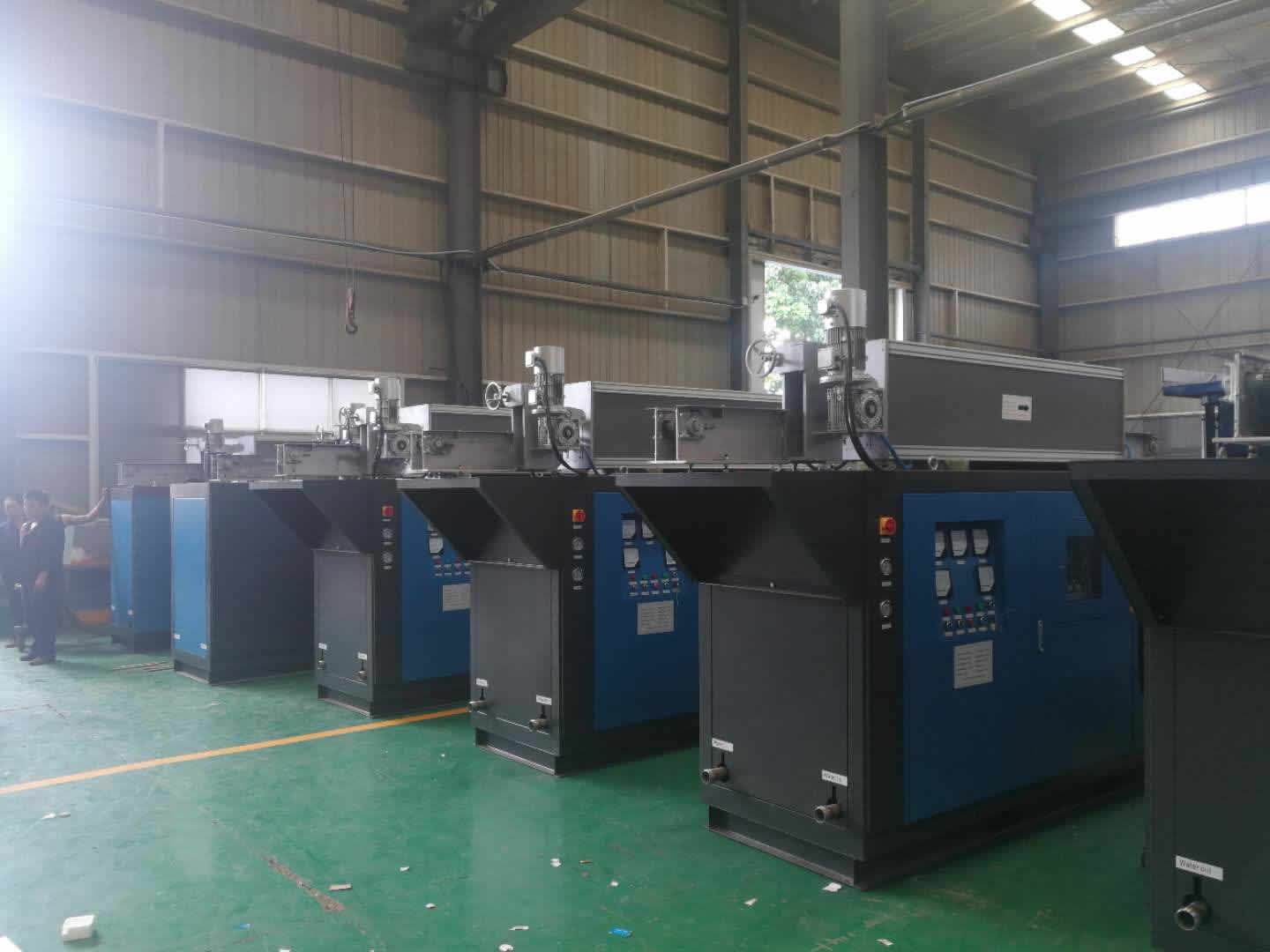
洛阳松导感应加热科技有限公司
联系方式:15038554363
24小时技术热线:15038554363
邮 箱:1390003299@qq.com
厂址:河南省洛阳市洛新工业园区
开创性的新型石墨烯基MRI造影剂
Balaji Sitharaman是一名博士,同时也是Stony Brook University大学Department of Biomedical Engineering部门的一名副教授,他和一个研究者小组开发出了一种新型、高效、更具潜在安全性和更节约成本的纳米颗粒基MRI(磁共振成像)造影剂,这种药剂能够改善疾病的诊断和探测,Z新的研究发现被描述在了小组的研究论文“微型石墨烯氧化物、石墨烯纳米血小板和纳米带的物理化学特性和弛豫研究”上,这篇论文发表在PLoS ONE杂志6月的第7期。
MRI技术是由Stony Brook University大学的Paul Lauterbur教授发明出来的,他是诊断药物学和生物医疗研究学(主要用在为许多病理和疾病的改良性诊断提供解剖学上的信息)中的一项Z高效的中心技术。目前,许多MRI程序使用钆基造影剂来改善疾病探测的可见性和定义,然而,Z近的研究展示出了一些有害的副作用,例如肾源性系统纤维化,这主要起源于这种造影剂在一些病人体内的存在,这也促使Food and Drug Administration (FDA)对钆的临床使用采取了一些限制性规定,更进一步来讲,许多MRI造影剂不适用于扩张性的血管内存在(血池),或特定组织的成像,并且不能进行分子成像。
为了解决对展示出更高效率和低毒性的MRI造影剂的需求,Sitharaman教授开发出了一种新型、高性能、石墨烯基的造影剂,他能够取代目前广泛的被药剂师使用的钆基药剂。“石墨烯基的造影剂能够在实质上的低剂量条件下产生出同样的临床MRI性能,”Sitharaman教授说道,这个项目获得了Wallace H. Coulter Foundation Translational Research Award研究奖,并得到了一个为期两年的平移拨款来研究这种药剂的临床安全性和疗效。
“这项技术将会降低医疗保健的成本,通过降低每剂药物的成本和所需的剂量,”Sitharaman教授指出,“另外,由于这种新型MRI造影剂将通过提高灵敏度和诊断可信度大幅改善疾病的探测,他还能够实现对许多疾病的早期治疗,这将会更节约医疗成本,同时对于癌症类的疾病来说治疗效率也更高。”
这种新型石墨烯基成像造影剂也是Sitharaman教授新创立的公司——Theragnostic Technologies, Inc.(在2012年早期成立)的研究重点,这项技术的不断发展得到了业内专家、商业顾问Shahram Hejazi、临床专家Kenneth Shroyer(Stony Brook University 大学病理学系的MD、教授、博士和主席)和William Moore(Stony Brook University 大学放射学系的MD、胸腔成像部主任和副教授)的支持。这篇文章的合著者包括Department of Biomedical Engineering的研究助理Bhavna Paratala、Barry Jacobson、Shruti Kanakia和来自葡萄牙International Iberian Nanotechnology Laboratory实验室的Leonard Deepak Francis。
Sitharaman教授的研究小组把他们的重点致力于生物纳米技术和再生性分子医药的交接领域,他们力图将各个领域的进步整合在一起来开发出一种动力学研究项目,并使这个项目能够解决关于疾病和组织再生的诊断和处理的问题。Sitharaman教授以优异的成绩从Indian Institute of Technology学院获得了他的BS,并从莱斯大学获得了他的博士学位,他还作为一名J. Evans Attwell-Welch博士生在莱斯大学完成了他的博士后学位。
Smallest Possible Five-Ringed Structure Made: 'Olympicene' Molecule Built Using Clever Synthetic Organic Chemistry
Scientists have created and imaged the smallest possible five-ringed structure -- about 100,000 times thinner than a human hair -- and you'll probably recognize its shape.
A collaboration between the Royal Society of Chemistry (RSC), the University of Warwick and IBM Research -- Zurich has allowed the scientists to bring a single molecule to life in a picture, using a combination of clever synthetic chemistry and state-of-the-art imaging techniques.
The scientists decided to make and visualize olympicene whose five-ringed structure was entered on ChemSpider, the RSC's free online chemical database of over 26 million records two years ago.
"When doodling in a planning meeting, it occurred to me that a molecular structure with three hexagonal rings above two others would make for an interesting synthetic challenge," said Professor Graham Richards CBE, RSC Council member.
"I wondered: could someone actually make it, and produce an image of the actual molecule?"
Chemists at the University of Warwick, Dr David Fox and Anish Mistry, used some clever synthetic organic chemistry -- the modern molecule designer's toolbox -- to build olympicene.
"Alongside the scientific challenge involved in creating olympicene in a laboratory, there's some serious practical reasons for working with molecules like this," said Dr Fox.
"The compound is related to single-layer graphite, also known as graphene, and is one of a number of related compounds which potentially have interesting electronic and optical properties.
"For example these types of molecules may offer great potential for the next generation of solar cells and high-tech lighting sources such as LEDs."
A first glimpse of the molecule's structure was obtained by Dr Giovanni Costantini and Ben Moreton at Warwick using scanning tunneling microscopy. A higher resolution technique was however needed to unravel its atomic-level anatomy.
To truly bring olympicene to life, the Physics of Nanoscale Systems Group at IBM Research -- Zurich in Switzerland analyzed the chemical structure of olympicene with unprecedented resolution using a complex technique known as noncontact atomic force microscopy. Using the technique IBM scientists imaged a single olympicene molecule just 1.2 nanometers in width, about 100,000 times thinner than a human hair.
"The key to achieving atomic resolution was an atomically sharp and defined tip apex as well as the very high stability of the system," explains IBM scientist Dr. Leo Gross. "We prepared our tip by deliberately picking up single atoms and molecules and showed that it is the foremost tip atom or molecule that governs the contrast and resolution of our AFM measurements."
This technique was first published in the journal Science back in August 2009.
The chemical recipes for making olympicene, along with a whole range of other molecules, are posted on the ChemSpider Synthetic Pages (CSSP), where scientists can record and share the best ways to do specific reactions.
手 机:15038554363
